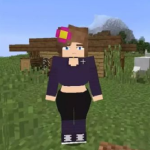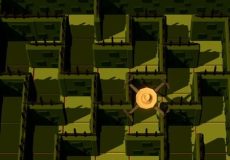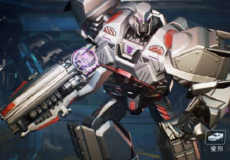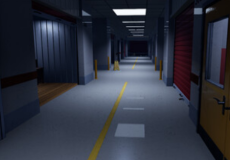

Scav Prototype
Advertisement
Scav Prototype takes place on a deserted industrial planet where scavengers are sent to recover lost materials from underground facilities. The player assumes control of one such worker, operating alone beneath the surface. The world consists of cave systems that shift in structure during each attempt, ensuring no two descents are identical. There is no overarching story told through dialogue; context is found through the environment and the struggle to stay alive. Every tunnel and passage becomes part of a system where survival depends on management rather than luck.
Advertisement
Similiar games
Scav Prototype takes place on a deserted industrial planet where scavengers are sent to recover lost materials from underground facilities. The player assumes control of one such worker, operating alone beneath the surface. The world consists of cave systems that shift in structure during each attempt, ensuring no two descents are identical. There is no overarching story told through dialogue; context is found through the environment and the struggle to stay alive. Every tunnel and passage becomes part of a system where survival depends on management rather than luck.
Gameplay Structure
The gameplay revolves around a consistent cycle of exploration, maintenance, and withdrawal. Each decision directly affects how long the player can survive below the surface.
The main gameplay elements include:
· Managing hunger, stamina, and health under constant resource scarcity.
· Navigating unpredictable caves where collapse or injury can occur at any time.
· Collecting items or cargo before returning to safety.
· Balancing exploration with retreat to avoid total loss.
The design does not reward aggression or speed. Success relies on observation, patience, and efficient use of limited supplies. Every descent becomes a calculated risk, where overconfidence leads to failure.
Progression and Learning Curve
Scav Prototype uses repetition as its primary method of progress. There are no upgrades or permanent abilities; knowledge itself becomes the reward. Each failed run provides information that improves future performance. The player learns how the cave reacts, how to manage time, and when to stop descending. Over time, this process transforms trial and error into planned execution. The structure encourages persistence — understanding the system replaces the need for external improvement.
Technical and Visual Composition
The presentation is minimalist, using a two-dimensional layout and tile-based graphics. Lighting defines most of the player’s perception, with limited visibility forcing caution. Sound cues mark danger: shifting rocks, falling debris, or the scavenger’s strained breathing. The interface displays essential data — stamina, injuries, inventory — and nothing else. The visual restraint emphasizes functionality over style, supporting the feeling of isolation and focus.
Experience and Interpretation
Scav Prototype offers a mechanical study of endurance. It treats exploration as a process of adaptation rather than conquest. The lack of narrative structure shifts attention toward rhythm — descend, gather, retreat, repeat. Each failure serves as instruction, shaping understanding of how systems interact under pressure. The game’s experience lies in its consistency: every descent mirrors the same question — how far can survival be extended before everything collapses?
Discuss Scav Prototype



















